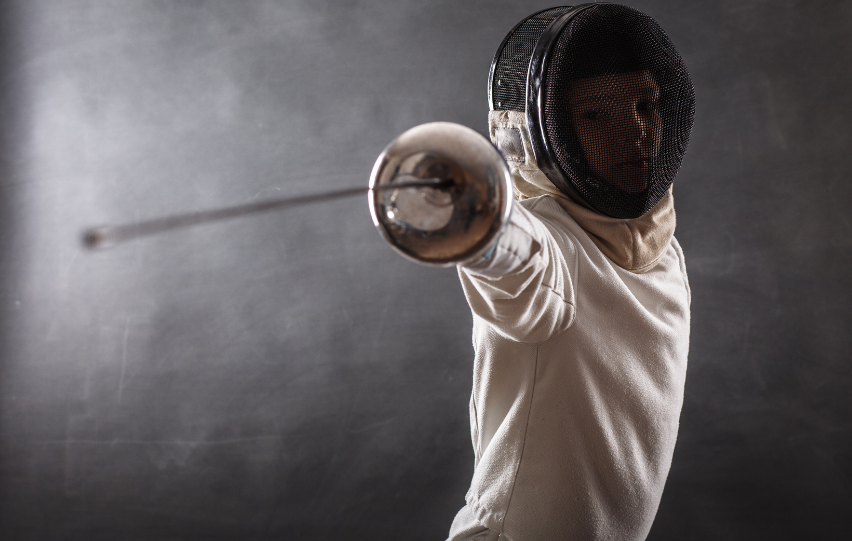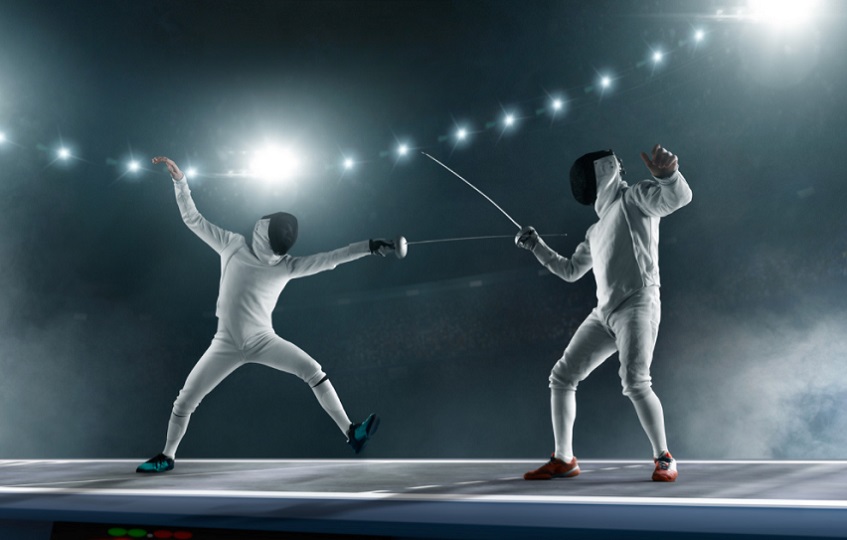Fencing is one of the most elegant sports in history. With its complex footwork and its delicate balance, there is no surprise that the sport has managed to capture the eyes and hearts of many around the globe.
It is, essentially, a dance between two opponents in the most beautiful way possible. With the sport’s origin being in duel and battle between two people in the 13th century, many of you might wonder why this is still practiced today.
After all, fencing is a sport from the time of knights in medieval courts to most people. But there is a lot more to it than meets the eye. For example, there is both classical fencing and modern fencing. To learn about the sport and the key differences between the two, read on.

What Is Fencing?
Fencing is considered a type of organized sport that leverages the use of a particular weapon. The objective of this activity is to make strategic attacks and defenses based on the existing and approved movements and regulations of the game.
The three types of weapon used in this type of combat sport are the épée, foil, or sabre. Using the specific weapons mentioned, the goal is to hit the opponent on the targeted area before being touched or hit by the same weapon.
With three weapons in place, fencing has made distinct rules, strategies, and target areas to consider to make the gameplay more unique to each discipline.
The foil discipline is used to hit anywhere within the torso, the sabre from the hip area to the top of the head, and the épée targets the whole body.
Getting to Know Classical Fencing
Classical fencing is one of the three types of fencing. The idea behind this particular discipline is that it is patterned after the study of the Art of Defense which flourished from 1800 o 1950 AD, meaning swords were weapons.
As it made its way during the second half of the 19th century, classical fencing became renowned not for its use of weapons as a form of defense. Instead, the sport now emphasized the art form and became a training ground for numerous scholars.
Given its rich history, classical fencing is the only type of fencing that maintained the mechanics of swordplay, with it being deeply rooted in dueling, as well as competition.
The Weapons
The main type of weapon used in this kind of combative sport is no other than the most traditional companion, the foil.
The foil is considered the lightest among the three weapons, with this weighing less than 500 grams in total. However, the two other weapons, épée, and sabre are still utilized.
A Closer Look at Modern Fencing
On the other hand, modern fencing refers to the athletic and competitive practice of the sport to win against the opponent.
Unlike the emphasis of the art form in the former discipline, this field requires a more mobile and powerful approach to the sport.
Despite its similarities in its use of weapons, with the three kinds being employed in the gameplay, this discipline vastly different from the classic version. This primarily spares the fencer’s life from death and danger.
Key Differences Between the Two
The main difference between classical and modern fencing is in the scoring system. For the classical discipline, a more traditional route is taken and no electric systems are used to score the matches between opponents.
Instead, the scoring is based on either an honor system or through a jury. For a point to be made, a clear and deliberate touch of the weapon must be maintained. Judges would stand at either side of the fencer.
Meanwhile, in modern fencing, the use of an electronic scoreboard was introduced, paving the way for a more accurate and less biased system.
The Touching
The basis of the touches and points also differed from one another. On the one hand, classical fencing required that the winner only touch the white jacket with the tip of the blade, with the ink-soaked cotton marking the targetted area.
Modern fencing, on the other hand, calls for the victor to have scored a total of 15 touches on the opponent, with each touch bearing a point. Alternatively, a fencer with the highest number of points at the nine-minute bout ends may also win the game.

The Bottom Line
Fencing has definitely come a long way. Knowing the history of this Olympic sport can help you understand its roots and appreciate classical and modern fencing today.
Surely we don’t have duels anymore but as a sport, it is a lot prettier to watch than body slams in the wrestling ring.







